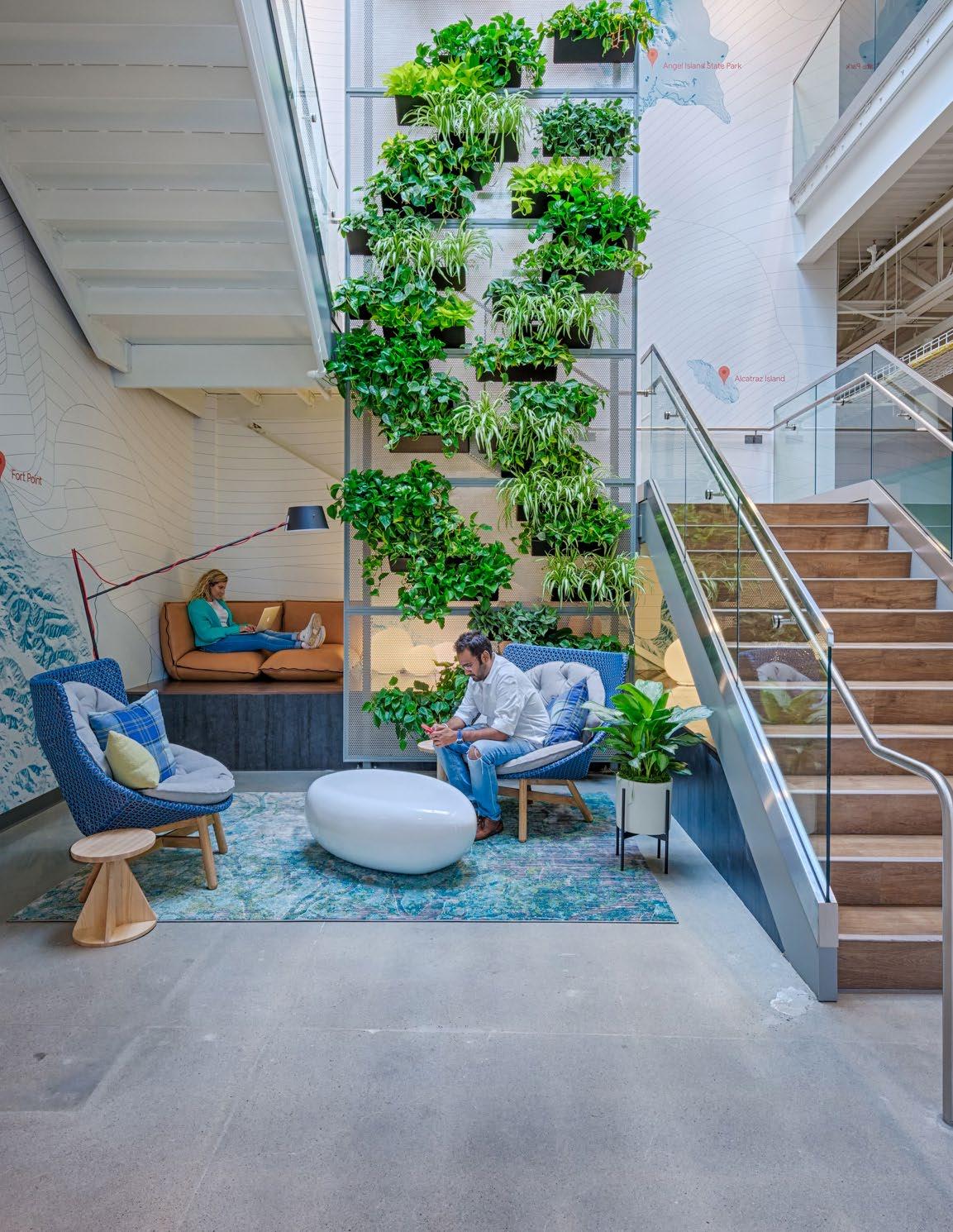How Does Your Building Make You Feel?
Value Beyond the Physical Space

AUTHORS:
Joel Anderson, AIA Cushing Terrell
Sam Gosling, Ph.D. University of Texas
Stacey Speck, Cushing Terrell
GRAPHIC DESIGN:
Nancy Bratton, Cushing Terrell




AUTHORS:
Joel Anderson, AIA Cushing Terrell
Sam Gosling, Ph.D. University of Texas
Stacey Speck, Cushing Terrell
GRAPHIC DESIGN:
Nancy Bratton, Cushing Terrell


Buildings are designed, at their most basic level, to provide shelter. In this way, they satisfy a well-defined physiological need. But how might built environments go beyond providing roofs over our heads? In what ways could they not only fulfill a physiological need, but also an array of emotional and psychological needs?
This white paper details an ongoing research study, conducted by Cushing Terrell in partnership with the Psychology Department at the University of Texas at Austin, which seeks to answer these questions by addressing the value of exploring connections between behaviors, thoughts, and needs within architectural design; and the benefits that may stem from better understanding how one influences, or can influence, the other. What follows is the preliminary exploration of the subject matter and the hypotheses, methodology, and objectives that will guide the ongoing study.


Understanding the effect built environments have on individuals goes beyond what a purely physical set of metrics and measurements can uncover. Though still of high importance, the physical impact — energy use, indoor air quality, carbon emissions, etc. — only scratches the surface. At a much deeper level, to ensure buildings positively impact day-to-day life, we must understand the emotions and sensations people desire in different spaces.
Standing in the very same building, two people may have drastically different responses. These responses can largely be explained by what features and factors make a person feel comfortable, safe, and protected. This experiential phenomenon, if better understood, can help shape design decisions in a way that will improve our encounters with the built environment.
We shape our buildings, thereafter our buildings shape us.”
– Winston Churchill


Studying the effects of building design traits on human well-being goes back several decades. A few renowned studies, in particular, validate the importance of continuing to pursue the connections made between the two disciplines.
A famous study completed by social science researcher Roger Ulrich between 1972 and 1982 investigated the effect views from windows had on patients’ recovery rates from the very same types of surgery. The hospital’s rooms were on either side of a corridor. On one side, patient rooms overlooked a beautiful, tree-filled courtyard. Windows on the other side looked directly into a brick wall of the neighboring building. The discovery: patients whose hospital rooms had views of the courtyard required less pain medication and had shorter overall hospital stays than those whose rooms overlooked brick walls.
A study conducted by researcher Lisa Heschong, sponsored by the state of California, evaluated the effect of natural light in elementary schools. Heschong found that children in classrooms with an abundance of natural light (either from windows or skylights) scored as much as 25% higher on standardized tests in both math and reading than kids in classrooms with little to no natural light. An initial concern was that windows in a classroom would distract children from learning, but by studying their feelings and reactions to design modifications, we learn that natural light may actually improve students’ attention and focus while also reducing stress.
Design relies heavily on intuition, but by integrating psychology, this intuition will become knowledge that can be documented, defined, and better understood.”
– Joel Anderson, AIA, Cushing Terrell
Researcher Sarah Williams Goldhagen cites studies of college students who took a class in a classroom with linoleum floors, hard metal desks, and a blackboard. Students spent two weeks in this room then two weeks in a classroom similar in size and orientation, but with soft furniture, rugs, and other “comforting” features. The students participated at an astonishingly 40% higher rate in the “soft” classroom versus the “hard” classroom.
In working with some of the world’s largest technology companies, Cushing Terrell has been able to observe and record the positive effects of sustainable design elements within the workplace for more than a decade. By modifying design standards to encourage lower emissions, improved daylighting, and incorporating elements of biophilia throughout a space, the team has seen employee satisfaction, retention rates, and overall productivity increase.
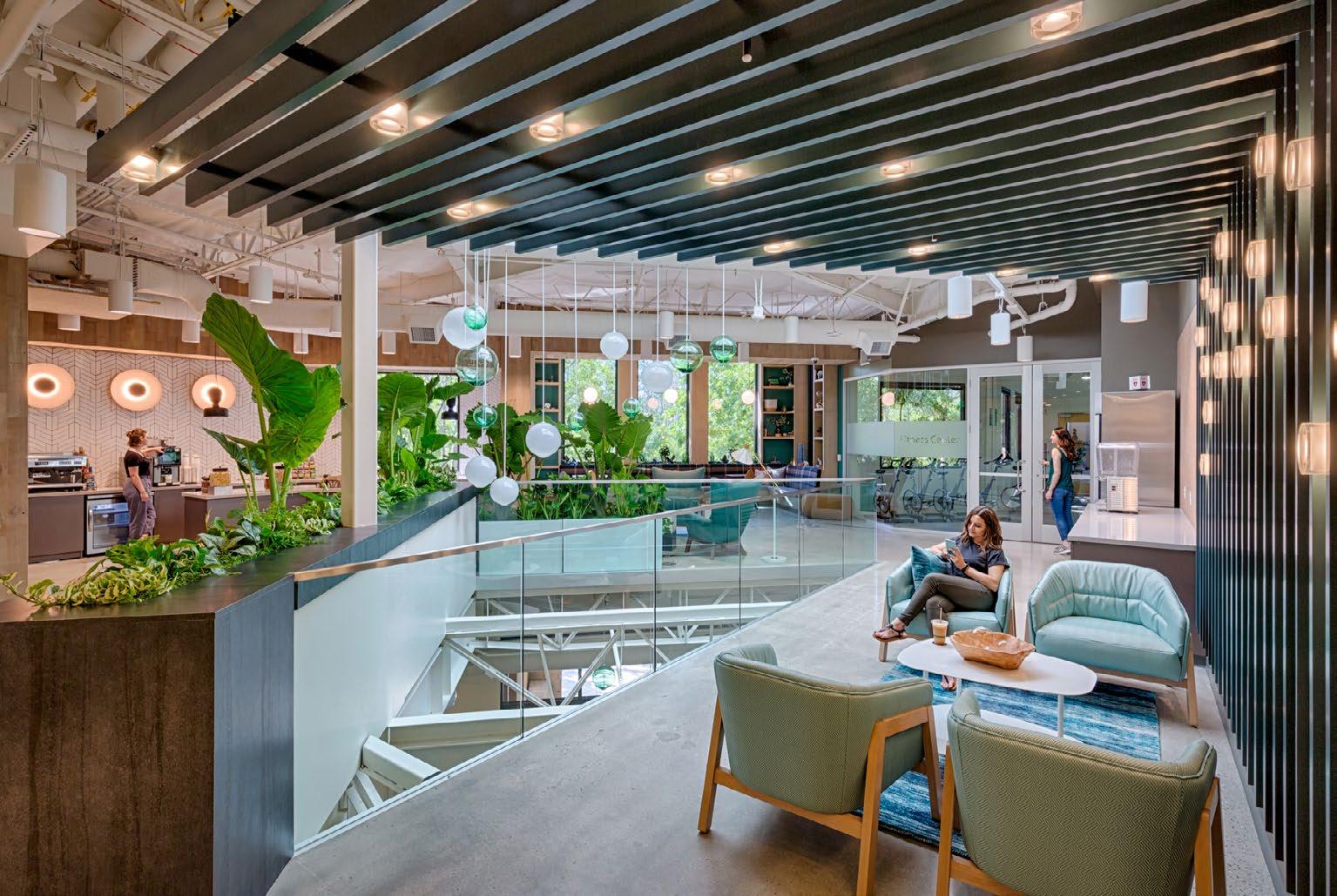

Emotion regulation refers to how we attempt to control the way we feel. This can include positive visualization, listening to certain types of music, or exercising to relieve stress.
We live our lives in buildings, and these buildings influence our life experiences. How we learn in schools, heal in healthcare settings, and focus or facilitate creativity at work can all be influenced by the structure that houses these activities.
One particularly pervasive form of emotion regulation is known as situation selection, where we influence how we feel by choosing the environment we put ourselves in. This can be as simple as changing rooms within your house or situating yourself in a bustling café or peaceful garden, or modifying a space — whether deliberately or inadvertently — in ways that influence how you think and feel within it. There are three common modification categories used to describe how people connect with the spaces in which they live and work:
Identity claims. These are deliberate statements we make to others about our attitudes, goals, and values. Just as you might put a bumper sticker on a car or a signature at the bottom of your email, you might put something up in your physical space that says to others something about who you are and what you value.

Thought and feeling regulators. We affect the spaces around us through our thoughts and feelings. These are for our own benefit, rather than to send signals to others (as is the case for identity claims). We’re doing things deliberately to the space (like above), but in contrast, we’re trying to invoke certain thoughts or memories. Classic examples of this might be displaying a photo or memento of a special time, person, or place.
Behavioral residue. We engage in many acts in our workspaces and home spaces, and acts leave a material trace in their wake. For example, a workspace may be left messy. Because you didn’t put something away, an indication you may have been on a deadline. These details are reflected in the space. You can look at these traces of behaviors and infer the acts the user engaged in; and therefore, you may learn about the user as well.
It’s tempting for all of us to use intuition in suggesting what characteristics make a space good for people; but intuition is difficult to rely upon, and even more difficult to share. By way of evaluating the psychology of designed spaces, we’re developing a process for systemically integrating psychological factors into every space we design, helping people accomplish whatever it is they want to achieve in a space.
The impact the physical environment has on us occurs on an unconscious level. However, almost every aspect of our psychology — whether we’re happy or sad, productive or lazy, creative or dull, on high alert or at ease — is influenced in a big way by the architecture around us. Therefore, design must critically recognize and respect the users who encounter it and reside within it.
For example, in a medical building, where a sense of anxiety may be higher than average, adding elements of warmth and comfort may provide a more relaxed overall experience. Or a large campus can be designed with clear indicators that visually guide visitors, so confusion is minimal and navigation is smooth, to ensure efficient travel within and around the space.
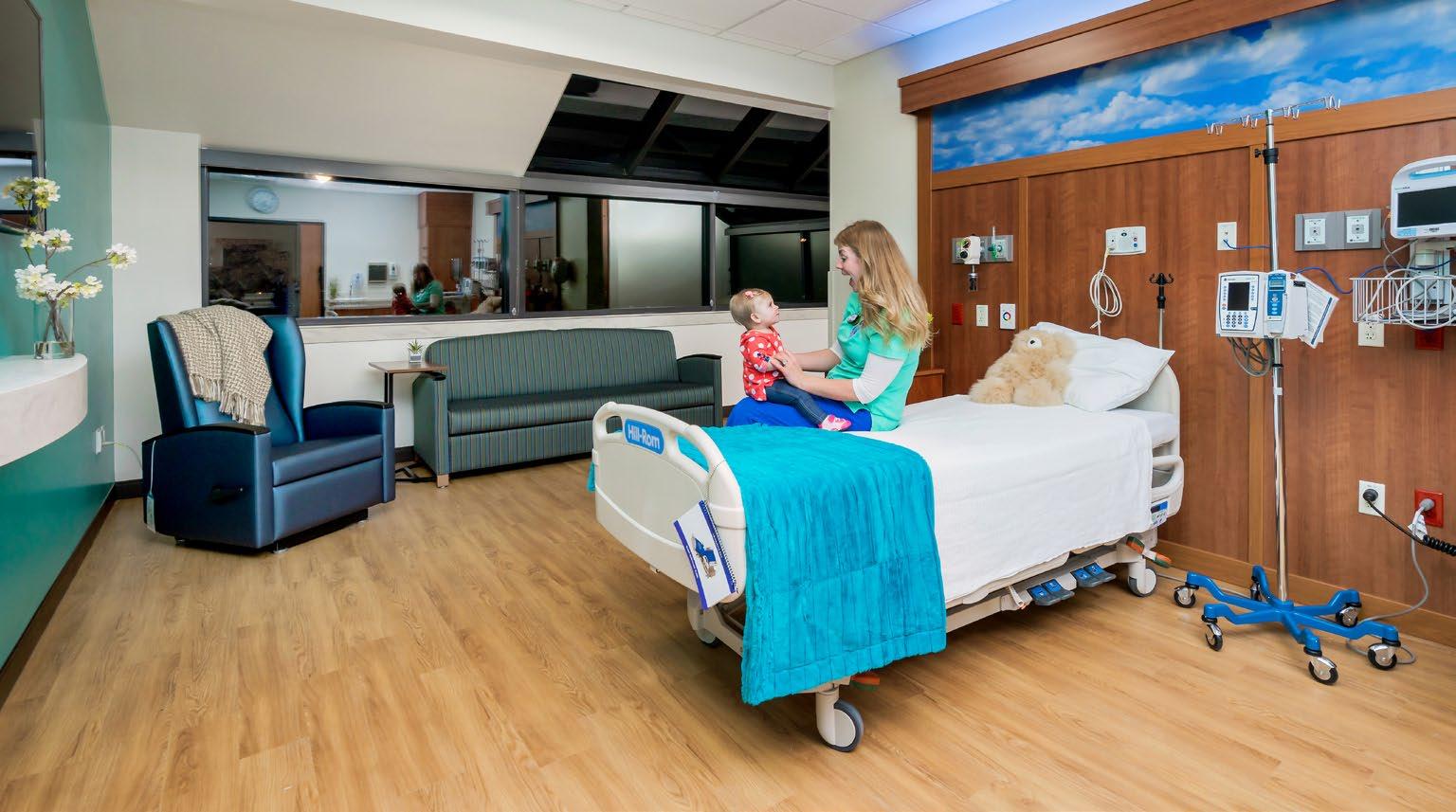


It’s important for architects and designers to be able to communicate in a universal way to design for physical and emotional preferences as they relate to different types of spaces.
Part of our research methodology includes surveying people to describe and document the feelings they most desire in different spaces. For example, in a workspace, survey respondents identified feelings like comfort, productivity, focus, and organization. In social gathering spaces within these workplaces (like the kitchen and breakroom), these feelings shifted: clean, entertaining, fun, friendly, and communal.
These differing emotional states indicate to designers that even within a workplace, the design will be most effective when a range of design vocabularies related to colors, materials, lighting, and other elements is applied.
In some environments, the dynamic reaches beyond the purpose of the space or subspace and includes a multitude of different user types even within the subspaces. In a healthcare environment, for instance, many spaces serve the same purpose for both patient and doctor; but among those user groups, the uses and associated feelings vary greatly. In educational spaces, primary users include students and teachers. And in offices, there may be distinctions in roles that dictate desired feelings and anticipated uses such as creative versus technical staff.
Differing expectations and reactions to the same space can be accommodated when studied and evaluated across contexts and time.

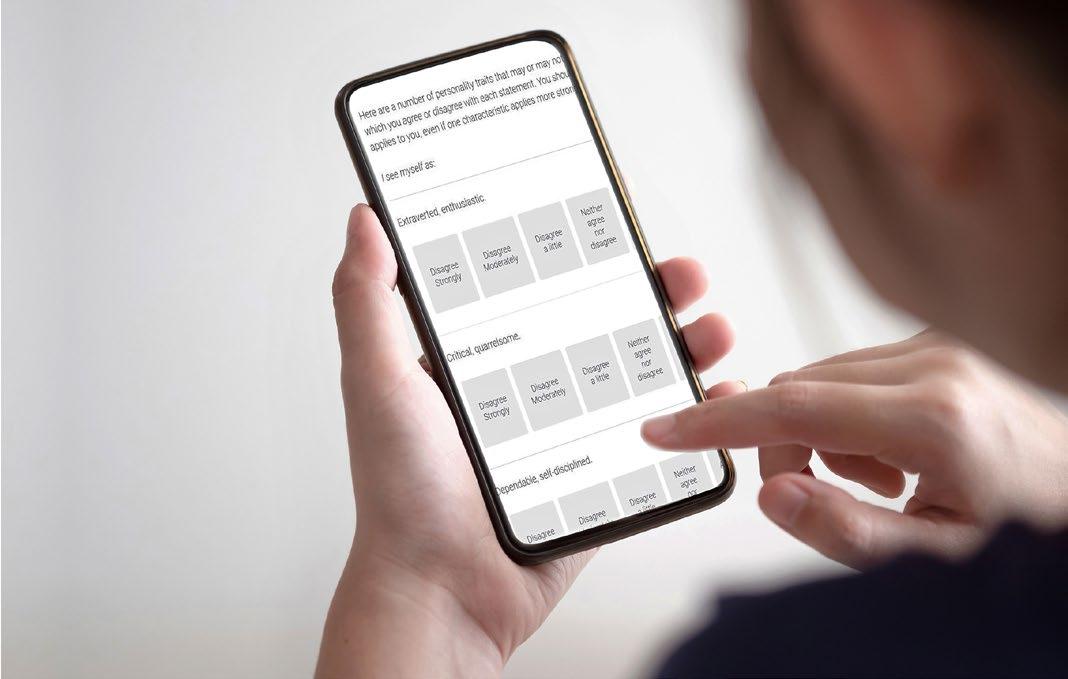

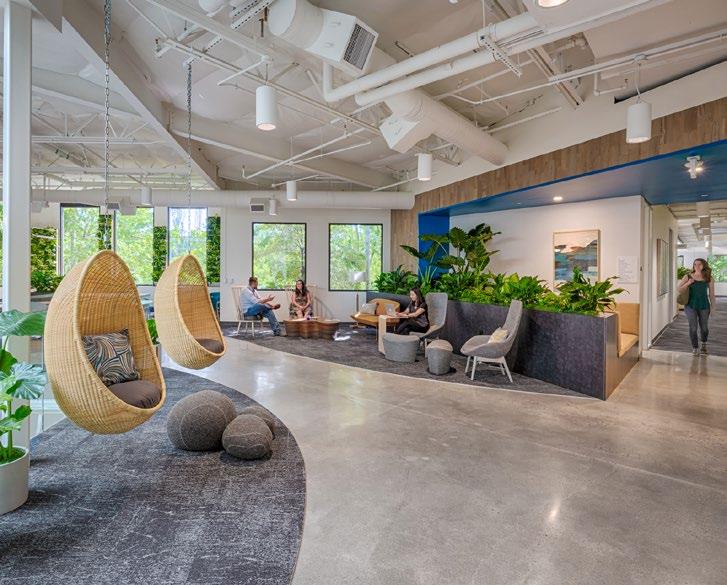

Offices
COLORADO Denver
IDAHO Boise | Caldwell
LOUISIANA New Orleans
MINNESOTA Minneapolis
MONTANA Billings | Bozeman | Great Falls Helena | Kalispell | Missoula Whitefish
OREGON Bend | Portland
TEXAS Austin
WASHINGTON Seattle | Spokane
The connections between people and spaces are fundamental. In fact, they’re so fundamental and so automatic that we often don’t notice them.”
– Sam Gosling, Ph.D., University of Texas
Cushing Terrell is a multidisciplinary design firm that was founded in 1938 on the belief that integrating architecture, engineering, and design opens doors for deepened relationships and enhanced creativity. Our team works together to design systems and spaces that help people live their best lives, achieve their visions, and enjoy healthy, sustainable built environments.
To learn more about our firm and capabilities, visit us at: cushingterrell.com
